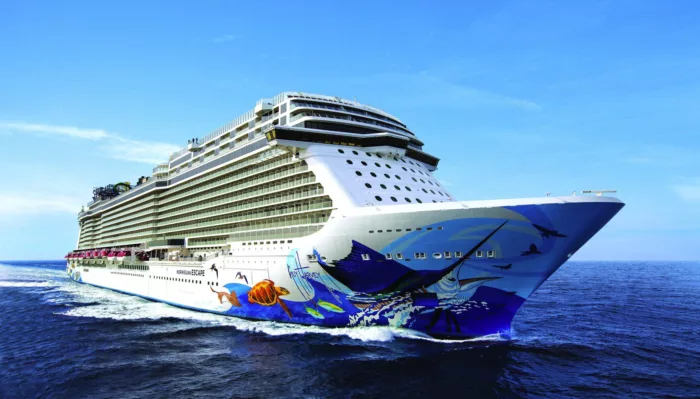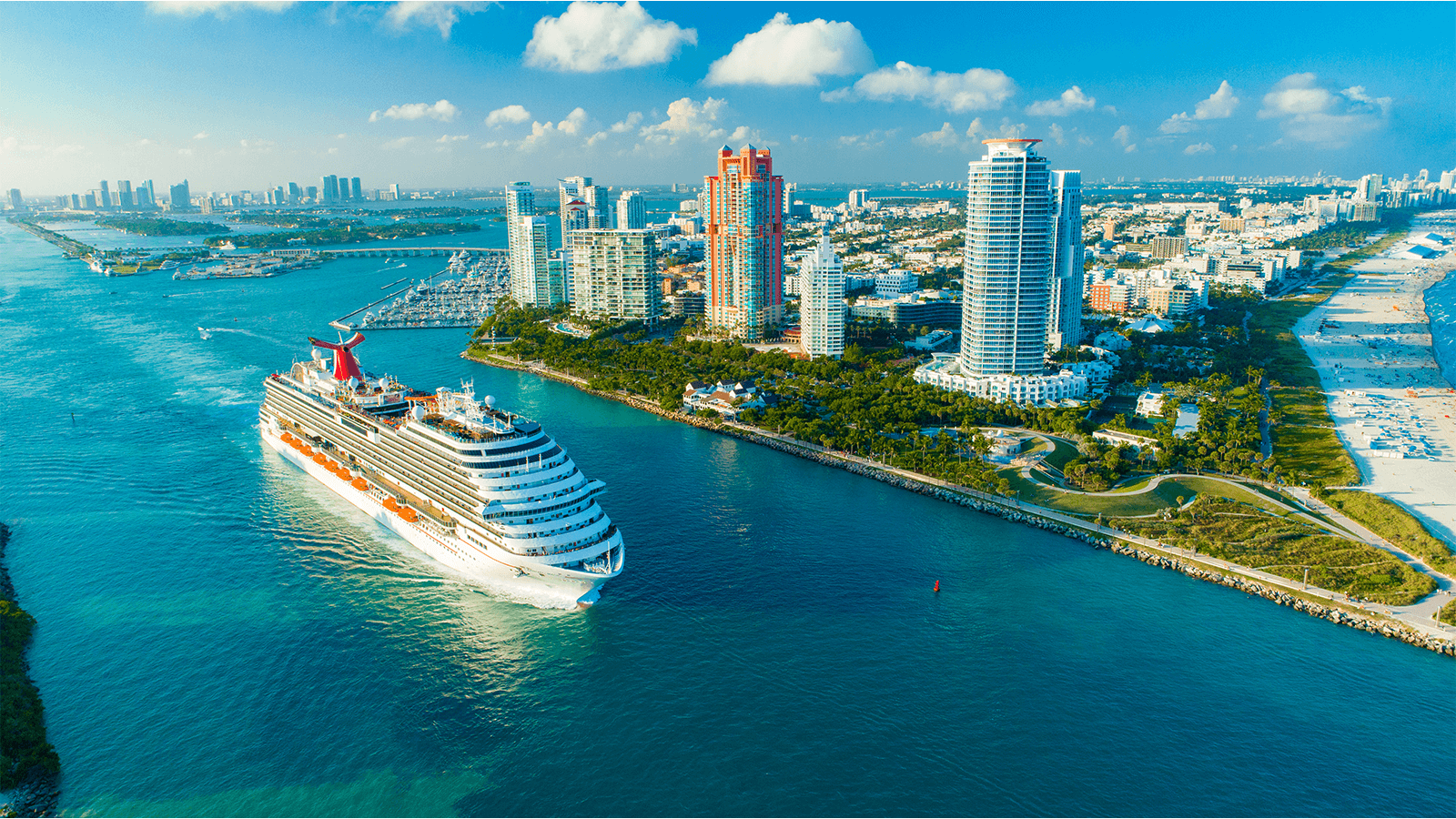
Norwegian Cruise Line
Founded in 1966, Miami-based Norwegian Cruise Line (NCL), part of global cruise company Norwegian Cruise Line Holdings (which also owns Oceania Cruises and Regent Seven Seas Cruises), is the third-largest cruise line in the world in terms of cruise passengers. NCL has become well-known for its colourful ships featuring a pop-icon style painted hull.
228
Passengers
1031
Crew
2001
Launched
2021
Last refit
91740t
Tonnage
294m
Length
38m
Width
25kts
Speed
11
Decks
USD
Currency
Cruise Itinerary
Day 1
Southampton, England
Day 2
At Sea
Relax and make the most of the myriad of facilities available on board the ship, from fantastic entertainment to delicious and diverse dining options.
Day 3
Gothenburg, Sweden
Day 4
At Sea
Relax and make the most of the myriad of facilities available on board the ship, from fantastic entertainment to delicious and diverse dining options.
Day 5
Nynashamn, Sweden
Day 6
Tallinn, Estonia
Day 7
Helsinki, Finland
Day 8
At Sea
Relax and make the most of the myriad of facilities available on board the ship, from fantastic entertainment to delicious and diverse dining options.
Day 9
Copenhagen, Denmark
Day 10
At Sea
Relax and make the most of the myriad of facilities available on board the ship, from fantastic entertainment to delicious and diverse dining options.
Day 11
IJmuiden, Netherlands
Day 12
Southampton, England

Day 1
Southampton, England

Day 2
At Sea

Day 3
Gothenburg, Sweden

Day 4
At Sea

Day 5
Nynashamn, Sweden

Day 6
Tallinn, Estonia

Day 7
Helsinki, Finland

Day 8
At Sea

Day 9
Copenhagen, Denmark

Day 10
At Sea

Day 11
IJmuiden, Netherlands

Day 12
Southampton, England
Ship Details


Norwegian Cruise Line
Norwegian Star
As one of our mid-size ships, Norwegian Star® offers a wide range of incredible amenities in a relaxed atmosphere.
Cabins
All Prices













